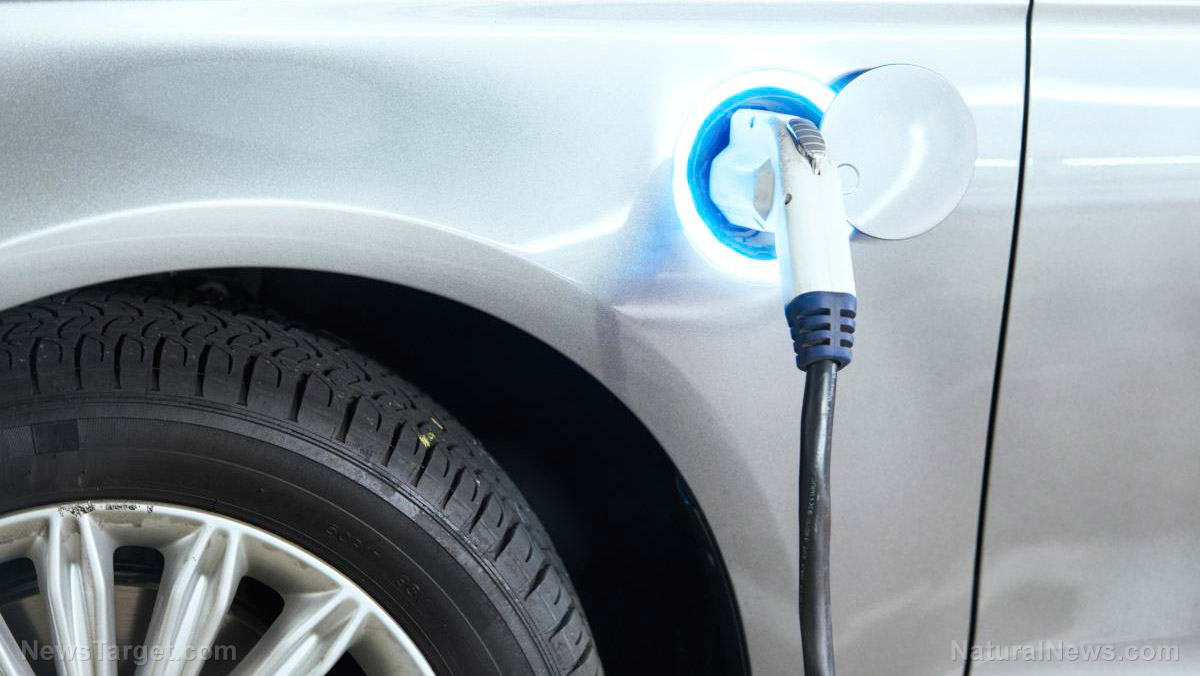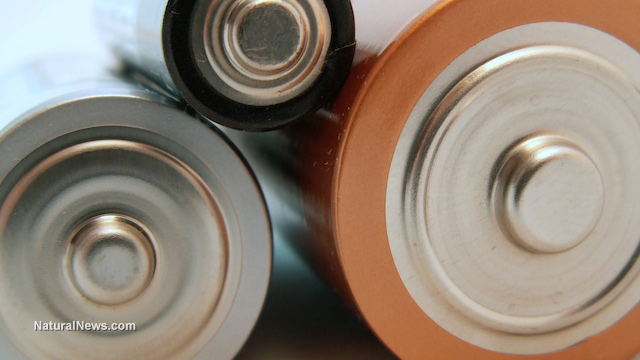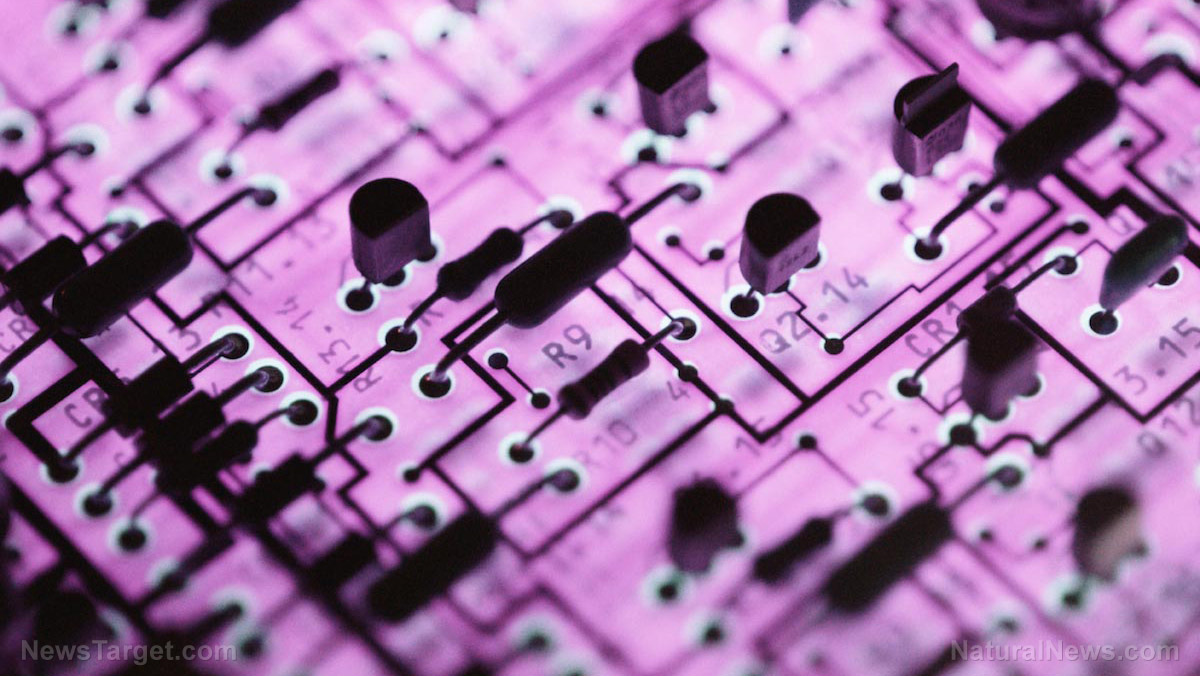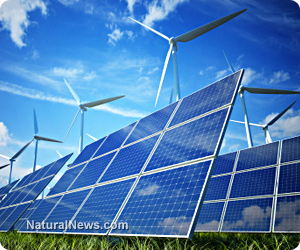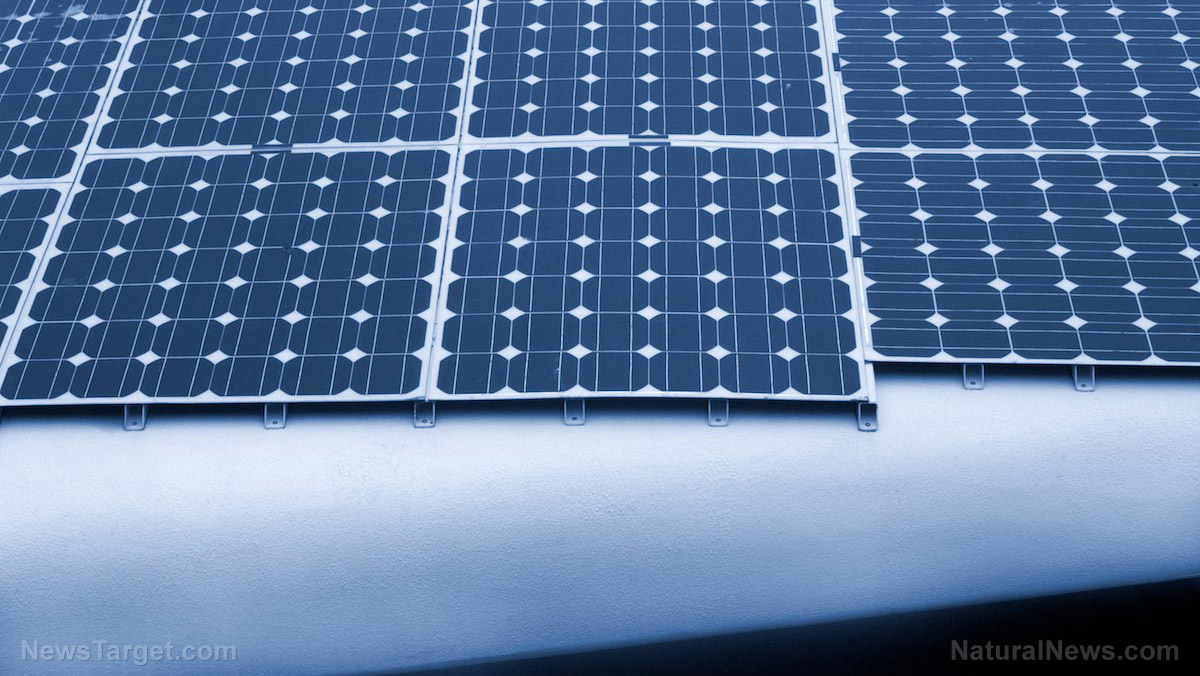The hard work of nanomaterials researchers looking to get more performance out of organic solar cells has paid off. They have reportedly found a method to “significantly improve” the efficiency of these cells while opening the door to a number of different applications. It is said that their work is built on top of previous research, and all in all they managed to achieve gains in efficiency of over 10 percent when it comes to converting solar energy to power.
The most interesting byproduct, it seems, is that this method could potentially be applied to tech that is used to power wearables and other types of devices. If used properly, this technology could pave the way to much better technology that lasts much longer than current models, and therefore offers more benefits than present-day alternatives. (Related: The solar energy industry is exploding with new technologies, including “solar paint”.)
As a report on the findings of the researchers states, a study on nanomaterials resulted in the new method of improving organic solar cell efficiency. The nanomaterials researchers reportedly used a squaraine molecule in order to both donate electrons and to better orient the so-called PBDB-T polymer with the ITIC non-fullerene acceptor. This technique is said to have unlocked the door to more efficient solar energy conversion.
According to Andrè D. Taylor, an associate professor from the Chemical and Biomolecular Engineering Department at the NYU Tandon School of Engineering, his team focuses on improving the actual mechanisms behind organic solar cells as a whole, unlike others that just work on smaller parts. “My group works on key parts of the ‘sandwich,’ such as the electron and hole transporting layers of the ‘bread,’ while other groups may work only on the ‘meat’ or interlayer materials,” he explained. “The question is: How do you get them to play together? The right blend of these disparate materials is extremely difficult to achieve.”
Sandwich here refers to the organic solar cells, which are basically comprised of electron donors and acceptors, which act as the active layer or “meat,” and electrodes residing outside them and transporting electricity, wrapping everything else in between like “bread.”
And yet they did find a way to achieve the extremely difficult task, and they did so by using a squaraine molecule in a new way, according to a report. “We added a small molecule that functions as an electron donor by itself and enhances the absorption of the active layer,” said Taylor. “By adding this small molecule, it facilitates the orientation of the donor-acceptor polymer (PBDB-T) with the non-fullerene acceptor (ITIC), in a favorable arrangement.”
The researchers noted that the organic solar cells they developed were highly flexible and could be used in various applications in the future, such as in electric vehicles, wearable devices, cellphone-charging backpacks, and more. For now, they are planning to work on a new type of solar cell called perovskites, and also continue to improve the type of organic solar cells that they already succeeded in enhancing.
Read more about the latest news on solar panels in Power.news.
Sources include:
ScienceDaily.com
ScienceDirect.com









